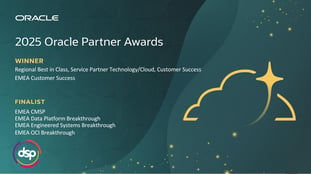
Path to
9 technology solutions to help rail travel and transport organisations optimise their performance
Contents
- Introduction
- Six investment challenges in the rail sector
- Driving rail infrastructure investment
- Nine innovative technology solutions
- Focus on information management
- Improve operational efficiency
- Leverage an integrated ecosystem of technology solutions
- Simplify IT and improve data security
- Transform project data into operational insights
- Optimise your capital budget planning
- Synchronize project delivery
- Simplify construction contract administration and payment management
- Leverage digital twin technology
- Start your Oracle journey with DSP
Today, more people than ever before work from home. The growth of online shopping and home deliveries has increased demand for home delivery services. These heightened demands are placing a burden on the businesses that make up the core of our supply chain. Along with affecting commerce, ongoing travel restrictions and unforeseen border closures are forcing people to reconsider their travel habits. These elements are causing authorities to re-evaluate the future of the travel and transport sector, including public and private transportation, their technology, and the energy sources that sustain these systems, along with rising urbanisation patterns around the world and newly established green programmes to minimise carbon emissions.
These patterns have a significant and immediate impact on the development, use, and planned investments in transportation infrastructure. Owner-operators are changing their business strategies to fit this dynamic economic environment, but governments must build substantial rail infrastructure for freight transportation to satisfy environmental goals for a low-carbon economy and sustain rising demand. To finance these advancements, many governments around the world seek the private sector because their budgets are tight.
%20Oracle%20Database%20to%20Oracle%20Cloud%20Expertise/o-service-prtnr-OracleDBToOracleCloud-EMEA-UKIE-clr-rgb.png?width=200&height=108&name=o-service-prtnr-OracleDBToOracleCloud-EMEA-UKIE-clr-rgb.png)
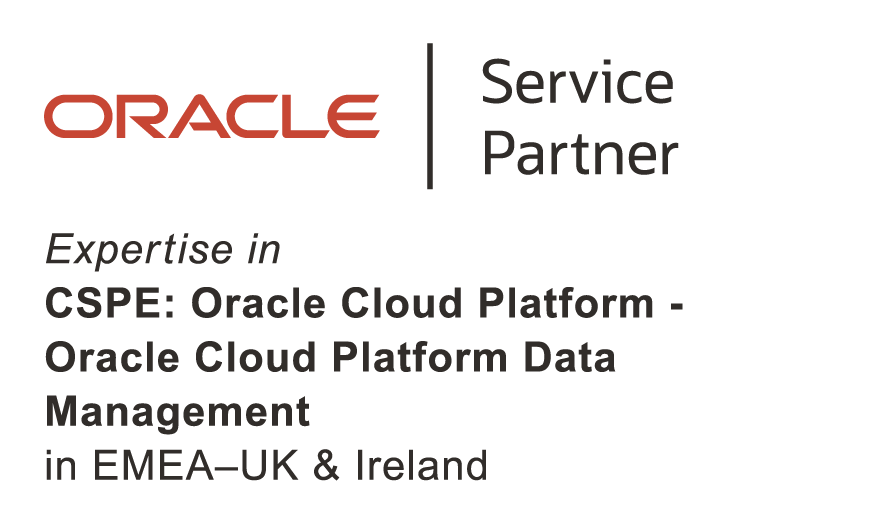

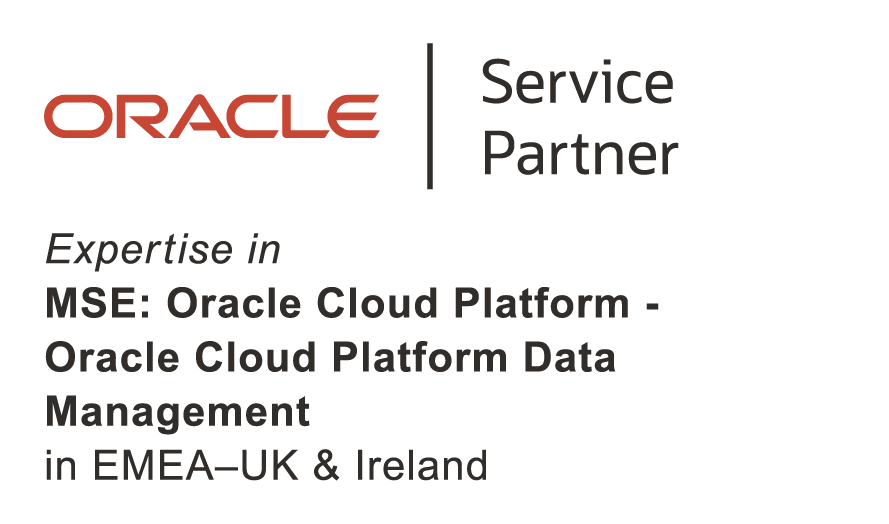
Six investment challenges in the rail sector
The development goals established for global decarbonization and transportation infrastructure are dependent on sustained investment in the rail sector. However, the rail industry faces a number of difficulties relating to the requirement for capital investments, from a portfolio to regulatory compliance.
Project portfolio management
Leaders in the rail industry must organise, finance, and carry out a wide range of intricate projects, including infrastructure upkeep and renewal, digital transformation, safety, compliance, and operational efficiency enhancements, as well as the construction of new infrastructure over expansive areas, frequently spanning multiple jurisdictions. Planners of the rail industry's portfolio frequently have to take into account projects in other sectors, such as those related to urban planning and development, water and wastewater management, roads and bridges, and renewable energy production. To avoid the creation of stranded assets, all associated and dependent projects must be recognized and synchronized across the rail project portfolio. Rail infrastructure projects have high capital requirements, and the public sector provides the majority of capital finance. For the objectives of capital planning, a consolidated perspective of the project pipeline must constantly be accessible.

Complicated initiatives involving numerous stakeholders
Projects in the rail sector frequently involve a large number of stakeholders dispersed across numerous organisations, including the asset owner, design teams, supply chain organisations, main contractors, subcontractors, and permitting authorities, in addition to being spread across vast and diverse geographic areas subject to legal and governance requirements. Organisations may find it difficult to plan, synchronise, and coordinate goals and actions among several stakeholders. These issues frequently result in delays and interruptions on complicated projects. Rail infrastructure owners frequently have a large portfolio of complicated projects involving several implementation teams that must be coordinated and managed by a project management office (PMO) under various procurement and contracting models. Choosing which technology to invest in will be a crucial choice given the digital transformation required to keep such complex projects aligned.

Project information management
Large amounts of data are produced by complex rail infrastructure projects, coming from a variety of sources throughout the extended project organisation. Data silos created by disparate systems frequently do not serve the project team's information management goals. The built environment is getting smarter thanks to digital transformation, and well-managed project information is becoming increasingly valuable and crucial to a project's success.

Construction contract management
In the case of long-term projects, contract administration is a labour-intensive operation. Any issues with the administration of contracts or ineffective change management procedures could lead to excessive spending or a delay in the project timeline. The management of several construction contracts incorporating diverse delivery methods, such as design-build or design-bid-build, as well as different contract formats, such as NEC4 and FIDIC, is the responsibility of project owners.
Contractual disputes and legal disputes are frequently expensive to settle, particularly when pertinent project data and records are hard to find and evaluate. To formulate and efficiently handle any claims, it is essential to have a thorough grasp of the contract clauses that affect the parties' rights and obligations. All parties are required to maintain complete and correct contractual and administrative paperwork and records, frequently for many years after the project's actual completion. It might be impossible to support or properly and accurately evaluate a claim without thorough documents.
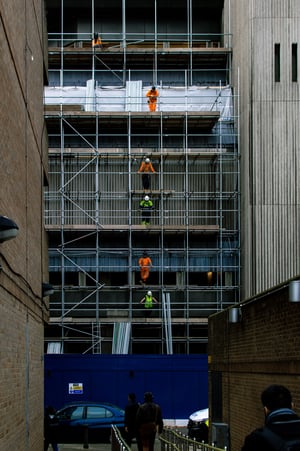
Project supply chain
Owners and operators of rail infrastructure use a wider project supply chain to build and maintain rail infrastructure. To complete a project successfully, a huge network of specialist consultants, design authorities, project managers, primary contractors, subcontractors, and equipment and materials suppliers must work together. The problem of preventing timetable delays is one that rail project managers must constantly overcome. To do this, they must successfully coordinate design work with the need for supplies, machinery, and other resources across numerous organisations and delivery teams.
Another well-known issue that frequently arises during a rail project is the slow payment of suppliers and subcontractors. Many small and medium-sized businesses in the rail industry must wait more than 30 days to get paid for work that has been performed and certified. For instance, the 100 largest contractors in the UK took 41 days on average to complete payments in 2020. Cash flow problems in the project supply chain will always persist, despite the fact that many governments are putting quick payment requirements into place. Most construction contracts for rail projects and government regulations make provisions for penalties for late payment. Incurring late payment penalties directly impacts the overall project cost and should be classified as wasteful expenditure.

Regulatory compliance
Organisations are guided by regulatory compliance procedures and standards as they work to achieve their corporate objectives. Offering auditable and traceable business processes and delegation of responsibility inside a company is a crucial part of proving regulatory compliance. Organisations, including those that assist rail projects, can increase operational efficiency and foster customer confidence by being honest about compliance.
Data protection, safety, environmental protection, and government funds appropriation accounting are all part of compliance. Maintaining regulatory compliance can be expensive, particularly if businesses operate in several different countries and communicate with stakeholders that are spread out geographically. But hefty fines are not the only expense of non-compliance. Hard-earned brand value and goodwill can be destroyed by it. Failures to comply with regulations can, at the at least, have a detrimental effect on the budget and schedule of infrastructure development projects.
Project organisations in the rail industry must analyse and identify all regulatory compliance requirements that are pertinent to their area of responsibility in order to operate at their peak efficiency. It is necessary to continuously document, implement, monitor, and audit compliant business processes.

Despite the obstacles to investing in the rail sector, there are still many opportunities to promote investment. Investors cannot contest the economic importance of this sector given the $5.5 trillion project pipeline for rail infrastructure expansion on a worldwide scale. Nearly 300,000 km of new and improved rail networks, including metro rail, tubes, light rail systems, high-speed railways, traditional commuter railways, and infrastructure for the movement of goods and materials, are included in this capital investment.
Globally, the public sector's readiness to make investments in rail infrastructure is demonstrated by:
%
Public sector funding
%
Public-private partnership (PPP) funding
%
Private-sector funding
Rapid urbanisation and a need to decarbonize economies are two factors that are significantly driving the capital investment focus on the rail sector. Road traffic contributes more than half of the transportation sector's 29% share of greenhouse gas emissions, according to the US Environmental Protection Agency (EPA). Governments are switching the transportation of people and goods from the road to the train as a result to cut down on carbon emissions. As demonstrated by Air France's decision to stop operating short-haul flights in order to limit carbon emissions, even certain short-haul aircraft have been substituted with rail transit. The rail industry will continue to see an increase in capital expenditure thanks to programmes like the European Green Deal and post-pandemic economic rebound stimulus efforts with a green recovery focus.
Because the rail business is a dynamic one that is influenced by both its operational environment and its surrounding environment, it must constantly implement change through projects and initiatives. The adoption of technology that enhances safety and passenger journey experiences from station to train and across an intermodal transportation system further supports capital investment in the rail sector. The overall effectiveness and economic sustainability of the rail sector are also influenced by contemporary technology and digital transformation. Trends in passengers are also changing. Fewer people commute, and European rail operators have lost up to 50% of ridership as a result of the rise in remote working. This change has caused the train sector to reassess its capital plans and has caused an estimated revenue loss of €600 million per week.
According to McKinsey, it is commonly known that the construction business is less productive than other sectors. Improving the productivity and effectiveness of infrastructure construction programmes is crucial when governments initiate sizable rail infrastructure development programmes to support economic recovery.
In collaboration with industry innovation partners including HS2 and Network Rail, Oracle recently conducted a poll in the UK that identified some of the top concerns that creative technology solutions may address:
- Health and safety
- Efficiency/productivity
- Sustainability
- Data quality
- Project visibility
- Digital twins
- Resource management
- Aging infrastructure
- Location-based management
- Systems integration
It is obvious that the rail infrastructure sector needs a collaborative approach to technological innovation. The cutting-edge technological solutions listed below can aid in resolving these problems.
Platforms for managing information for projects and construction are increasingly being used to boost productivity. Modern building methods like Building Information Modeling (BIM), modular design, and off-site construction are supported by industry-leading information management solutions that facilitate digital adoption.
A study on The Value of Information Management in the Construction and Infrastructure Sector conducted by KPMG for the University of Cambridge found that access to data of the right quality, at the right time, and in a format that all parties trust is a critical enabler of the construction sector's digital transformation and offers the potential to lower costs and increase quality in the creation and operation of built assets. The rail industry can use the same guidelines.
"Digitization and an ecosystem purpose-built for efficient project management that leverages data to provide insights to avert risk improves outcomes and keeps rail projects on track."
The Center for Digital Built Britain seeks to comprehend how the infrastructure and construction industries may employ a digital strategy to more effectively design, construct, run, and integrate the built environment. With the intention of assisting the industry in understanding the fundamentals of information management, using BIM over the whole lifecycle of a constructed asset, the UK BIM Alliance adopted the ISO19650 standard within the UK BIM framework.
BuildingSMART actively encourages the usage and dissemination of open data that support infrastructure, building asset data, and lifecycle processes in order to assist the industry in realising the advantages of such information. This raises expansion potential and increases the value of investments in built assets. BuildingSMART is focused on standardising workflows, processes, and procedures for open BIM in the digital transformation.
BuildingSMART promotes the use of open data standards like Industry Foundation Classes (IFC) and BIM Collaboration Format to get rid of fragmented technologies and data silos throughout the project environment (BCF). The active use of these information management formats can assist rail infrastructure project teams in increasing the overall delivery efficiency of rail infrastructure when combined with an open architecture Common Data Environment (CDE).
Owners, operators, and delivery teams of rail infrastructure must re-evaluate their approach to digital transformation and implement cutting-edge technological solutions if they hope to increase operating efficiency.
"Organisations can improve operational efficiency and IT infrastructure as they improve business and project delivery applications and processes.”
According to a recent McKinsey study, the construction industry is gradually shifting away from popular, single-focus solutions and toward integrated software platforms that better meet the needs of the clientele. Future rail projects will be significantly impacted by this. In order to provide constant access to data and support other technologies in the cloud value chain, GlobalData claims that the construction industry should strategically adopt cloud computing.
In the rail industry, a variety of technological options are available for project delivery. Large capital project delivery teams have historically struggled with data silos and fragmented systems since different technological solutions could not work together effectively in a single environment. A CDE can assist in providing that single pane of glass, as was already noted. In order to increase the value of your project data, an effective CDE supports and promotes the interoperability of diverse data models by acting as an information hub that unifies various data sources into a single source of truth.
But simply integrating several software components in a patchwork manner will not create an efficient CDE. Organizations must look for a truly integrated solution that includes a robust audit trail in a simple-to-use platform where data is secure and access to accurate information is guaranteed. A true CDE builds confidence and trust among project participants by presenting a complete record of the project with a unique data ownership model that eliminates barriers to collaboration, increasing adoption and data sharing across the entire project team.
"As a CDE connects the project teams and various project processes, it also helps enable the adoption of Building Information Modelling (BIM), thereby boosting productivity, predictability, and continuous improvement across the project lifecycle.”
A business will need to re-evaluate its entire IT strategy as a result of using cutting-edge technology for rail projects, such as a smart construction platform and predictive artificial intelligence tools, and take use of developments in cloud computing to enhance data security. Their IT operation expenditures will be reduced at the same time.
You can migrate workloads to a cutting-edge, secure, and scalable infrastructure using SaaS solutions in a contemporary cloud setting. This infrastructure can handle the changing demands of your project portfolio even as they alter over time. They also make it possible for project teams who are geographically separated to work together on a CDE across several devices.
It is crucial to make sure that all the project information is in a proper CDE in order to fully utilise the power of data insights across the asset lifespan. It must be safe and secured against cyberattacks using an always-on security strategy to stop data loss and theft.
Rail project teams gather an enormous amount of project data. But frequently, such data isn't properly utilised to support better decision-making and lower risks related to time, cost, quality, or safety. Data sources are frequently compartmentalised, and disconnected systems are unable to learn from past choices and their results in order to deliver insights that are specific to your firm. This makes it difficult to secure relevant insights.

The construction and engineering sectors heavily rely on lag indicators for reporting and data analysis, which are just retrospective and restrict your capacity to fix problems before they have any bearing on your projects. While business intelligence (BI) solutions can provide a useful backwards-looking view into project data, recent technological advancements have the ability to enable predictive insights into future outcomes, which can unleash a new level of project intelligence.
By converting lag indicators into lead indicators, a solution driven by artificial intelligence (AI) transforms your project data into operational insights that help you anticipate hazards and take preventative measures to improve project results.
Organizations must simulate several investment and funding scenarios in order to assure support for their investment decisions since project portfolio management and long-term capital planning must be in line with the organization's strategic objectives. Groups responsible for managing the rail infrastructure portfolio will always gain from having access to a CDE including data on the whole portfolio of projects. As a result, the organization's whole project pipeline is unified, including all initiatives that are connected to one another and include different stakeholder groups.
Large, complex rail infrastructure projects require careful planning and coordination of the responsibilities, organisations, and resources of numerous stakeholder groups spread across numerous contracts and job sites. It's crucial for the entire business to work together to create and keep a critical path (CPM) schedule. The main point of collaboration for effective project delivery is the project timeline. For short- and long-duration planning and control, a solution that combines the strength of the CPM schedule with lean task planning will promote continuous improvement and improve project outcomes' predictability and traceability.
There are numerous stakeholders involved in large building projects in a dynamic setting. Real-time contract change management procedures must be utilised in conjunction with effective information flow management throughout the contract lifecycle to reduce unnecessary project expenses brought on by uncontrolled scope or contract modifications.
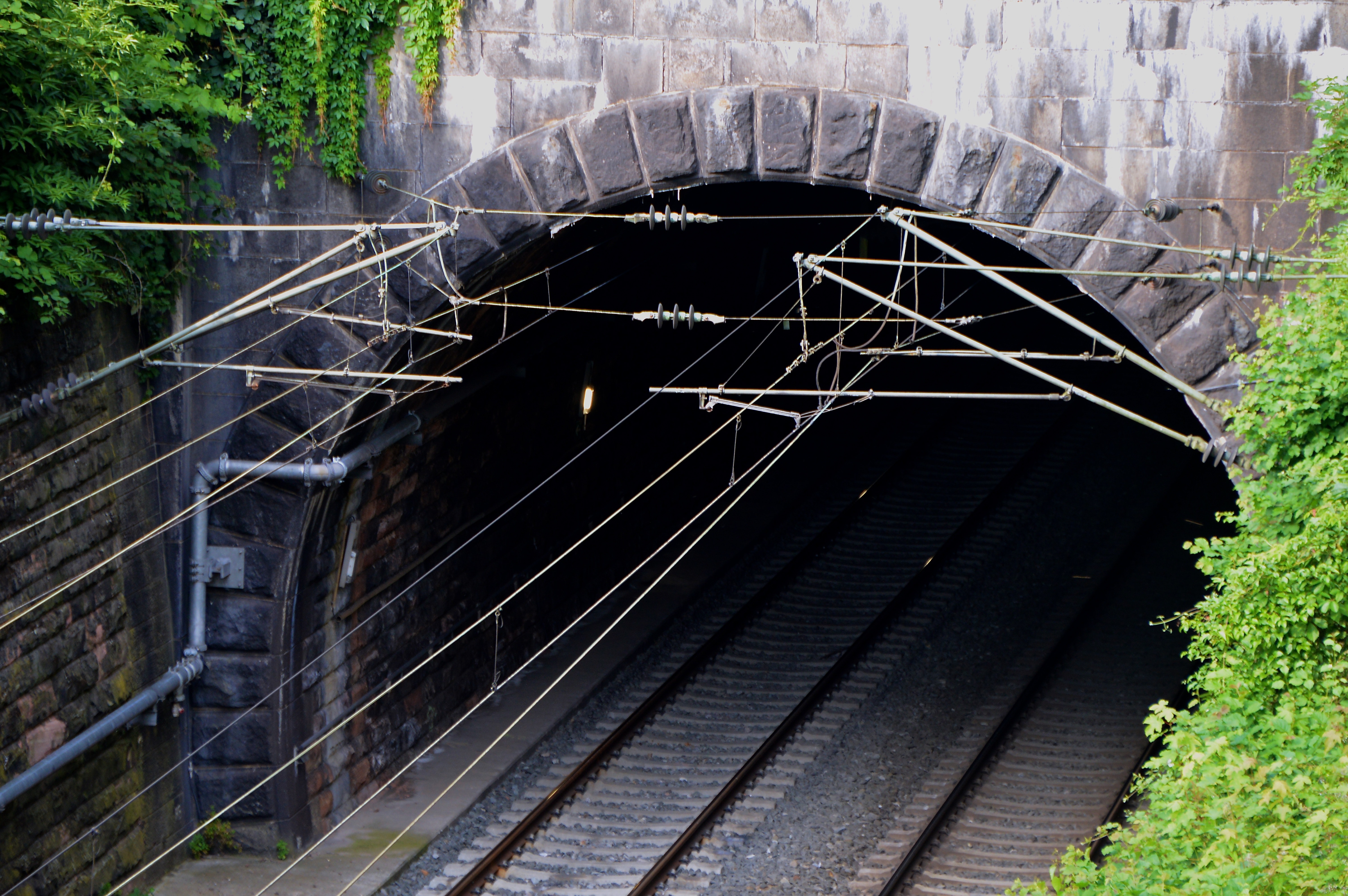
Standard formats, such NEC4 or FIDIC contracts, are frequently used in rail infrastructure projects to assist ensure predictable and repeatable behaviour from the parties participating in the contract. These agreements encourage open lines of communication and teamwork between the parties. When the parties carry out their obligations in accordance with the broad guidelines of the standardised contract form, they also make the roles and responsibilities of the parties clear. By using standard, simple-to-understand language, words, and definitions throughout the general parameters of the contract, standardised contract forms allow cross-border and international collaboration.
Using a cloud system to manage construction contracts and payments eliminates numerous problems brought on by manual procedures. By eliminating late payments, cloud solutions encourage subcontractors' growth and sustainability while lowering overall project delivery risk for the asset owner.
Rail operators want up-to-date digital data about the physical rail infrastructure they currently oversee. This data is essential for network asset management and capital investment planning, as well as for the secure management and operation of the network. Modern digital scanning and surveying tools assist operators with geospatial planning by creating a digital twin of the current rail system.
Your data from previous projects can be utilised to identify future hazards using artificial intelligence and machine learning while there is still time to avoid negative results. Continuous improvement and well-informed, proactive decision-making are enabled by this knowledge. Oracle products scale with your business needs and offer a quick return on investment. With DSP, you get access to cloud infrastructure and market-leading data technologies that are built for the most complex and demanding projects and prioritise security across compute, network, and storage. Having skilled people, tested technologies, and a long-lasting business is essential. You have DSP as a partner who can accompany you on every stage of the rail project journey. Where would you like to start?
You might also be interested in...
Cloud Revolutionises the Way Logistics Companies Operate
This resource discusses how cloud revolutionised the way logistics companies operate and how an optimised and modernised infrastructure can positively impact each part of a business.
Keep Your Data Secure Throughout the Cloud Lifecycle
Businesses can no longer ignore the advantages of the cloud as it provides lower infrastructure spending costs, greater business agility, and flexible scalability.

Explore how DSP can benefit your organisation
Get in touch with our rail specialists today and start your Oracle journey with industry experts.


.png?width=250&height=56&name=stonewater-logo%20(1).png)
